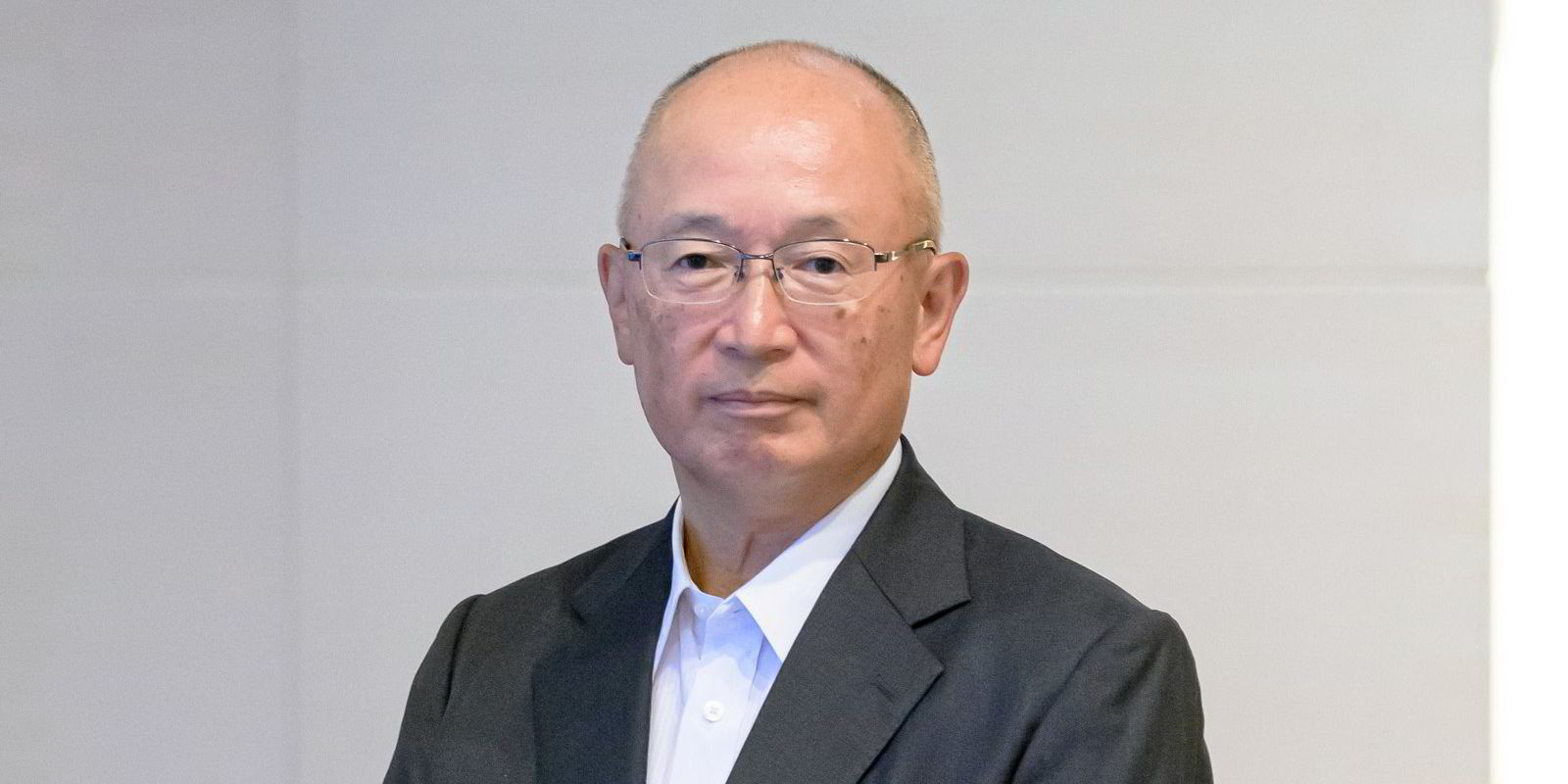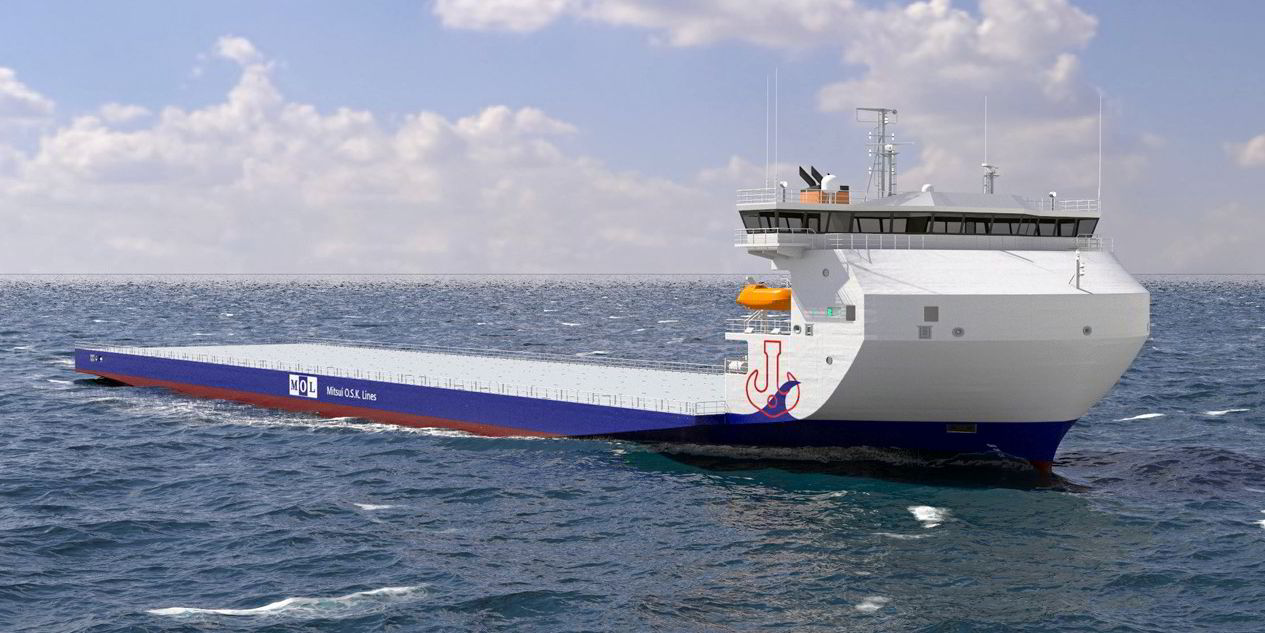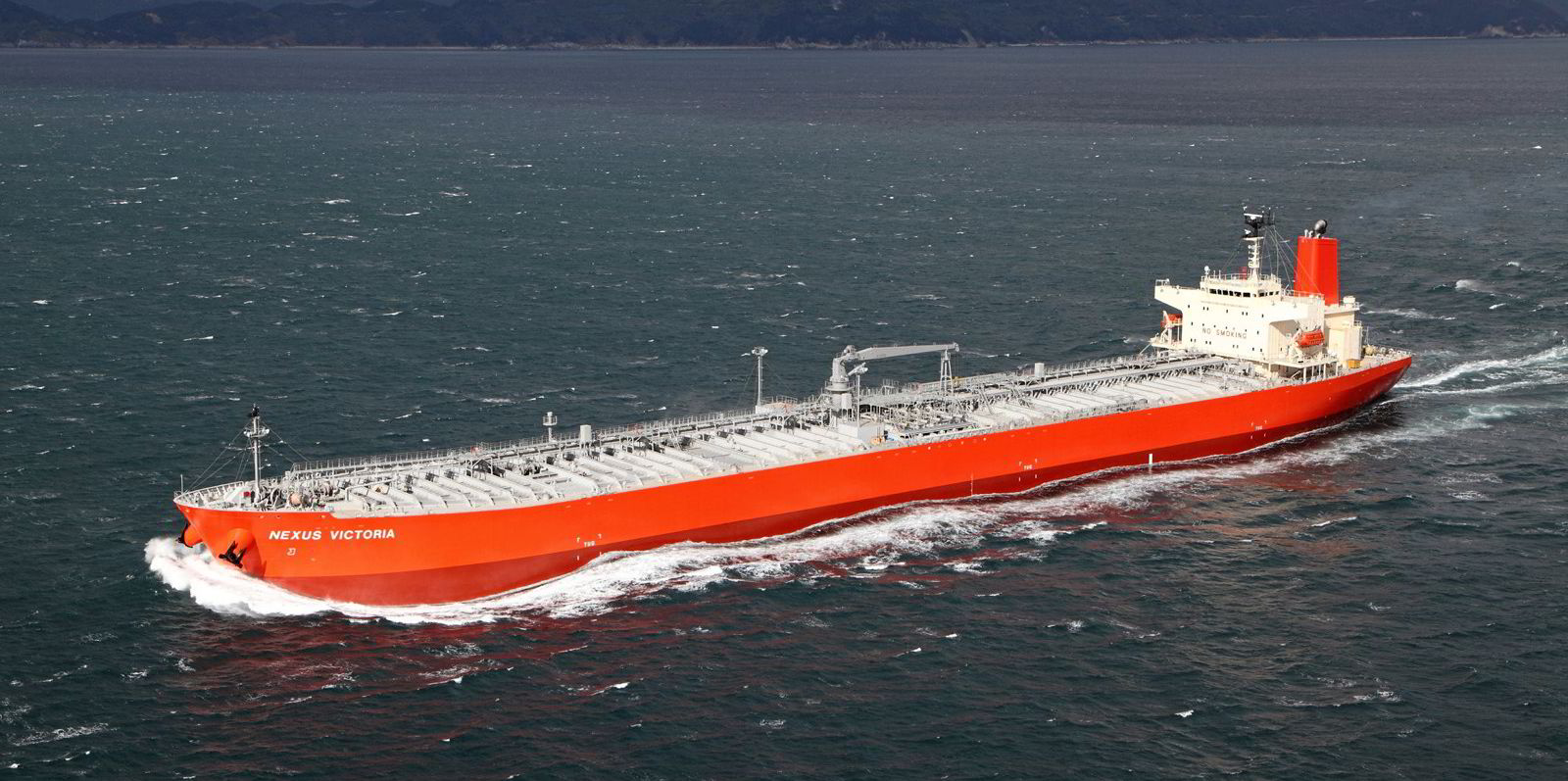Mitsui OSK Lines has begun to feel the benefits of ship diversions around southern Africa caused by the Houthi attacks in the Red Sea.
The Japanese shipowning giant reported a sizeable improvement in the financial performance of its container ship operation in the fourth quarter.
Figures released on Tuesday show the segment posted its second-best quarterly profit for the fiscal year of ¥21.4bn ($136.9m), compared with a loss of ¥3.3bn in the third quarter.
Clarksons has said that container shipping markets are much improved from late 2023 amid supply-demand impact from the rerouting of vessels away from the Red Sea.
“Charter rates have generally continued to firm incrementally, though freight markets have been easing back gradually from their January peak,” the broker said.
However, the stronger fourth-quarter performance by the container ship arm was not enough to prevent MOL from posting a 67% decline in full-year net profit to ¥261.6bn from ¥796bn in 2022.
It attributed the weaker annual performance to a sharp decrease in freight rates at its container ships business, where profit drop from ¥620bn in 2022 to ¥51.5bn.
“Excluding the container ships business, revenue and profit increased year on year, supported by the strong performance in the car carrier business and energy business, including the chemical tanker, as well as the strong US dollar,” the shipowner said.
In MOL’s energy business, which includes thermal power fuel carriers, tankers, wind power, offshore and gas carriers, full-year profit jumped 69% to ¥66.9bn.
“In addition to the profit contribution of long-term contracts, the VLCCs, product tankers and chemical tankers enjoyed favourable market conditions due to the tight supply and demand balance caused by a shift in trade patterns in response to sanctions against Russia and changes in shipping routes due to the avoidance of the Suez Canal,” MOL said.
In contrast, the dry bulk arm posted a 35% decline in its full-year profit to ¥37.2bn.
“Profits decreased year on year because of the less favourable market than the previous year…” MOL said.
“Pessimistic speculation on the Chinese economy saw market rates lack buoyancy, although the supply and demand balance tightened due to the restrictions on ship passages through the drought-hit Panama Canal.”
Despite the weaker result, the company said its year-end dividend forecast has been raised by ¥20 to ¥110 per share. With the interim dividend of ¥110, that means shareholders will receive a total dividend for the year of ¥220 per share, equating to a 30% dividend payout ratio.





